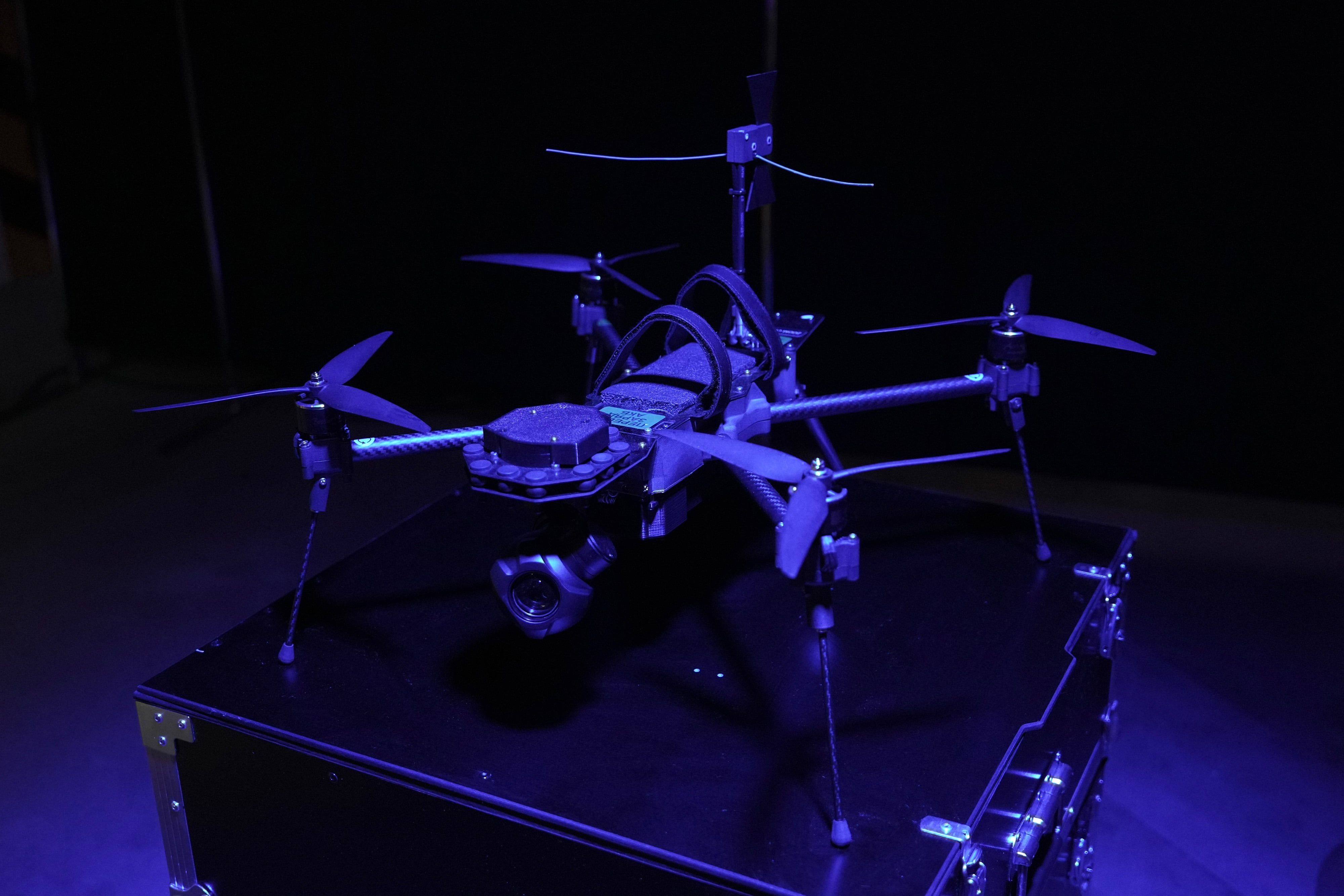GuardBot is a robot so alien that an extraterrestrial origin almost makes sense. The spherical surveillance and reconnaissance machine famously got its start as a proposed Mars rover. Mars didn’t work out, but the rolling robot has continued on in development for the better part of the last decade, and in Feb 2020, GuardBot Inc announced that it was partnering with Aquiline Drones to round out its capabilities with cloud connectivity.
Consider the partnership a sort of grand re-launch. GuardBot, in some form or another, has been in development and demonstration since at least 2010, when the Telcel television network specifically commissioned a version, decked out in Telcel’s logo, to cover a soccer match in Mexico.
The Marine Corps tested GuardBot back in 2012 at Quantico and in 2014 at the Naval Amphibious Base in Little Creek. As for what makes amphibious spherical robot scouts compelling in 2020, when they were not adopted in 2014, the company points to modularity and scale.
“Back in 2012 we only had a single size GuardBot unit,” said Aquiline Drones Founder and CEO Barry Alexander. “Today, we have multiple units which have been totally redesigned to enable scalability. As such, GuardBots are now modular in design with swappable side pods and have been tested with laser sensors, infrared, thermal imaging, etc. This has made GuardBot extremely versatile but also highly adaptable with the ability to cater to a wide variety of use cases.”
That scale runs from 6.5 inch diameter robot to 7-foot diameter at the largest, with models at 8.5, 9.5, and 12.5 inches and one that is 3 feet in diameter. Increase in size matches an increase in battery life: the 3-foot GuardBot can run for 48 hours, while the 9.5 inch GuardBot has a runtime of 8 hours. Runtime isn’t everything, though.
“Larger diameter GuardBots have distinct advantages such as increased swimming speeds and increased payload capacity,” said Alexander. “The military has shown strong interest in the smaller GuardBot units.”
What they lose in runtime, the smaller robots gain in person-portability, allowing a Soldier or a Marine, say, to deploy such a robot from their field kit and use it to scout ahead.
The GoardBots have a top speed of 12 mph on land and 3mph in water, with the robot mostly floating on the surface of the water. If sonar is installed in the bot’s side pods, it can communicate with divers as far as 100 meters below the water. For more riverine systems, the GuardBot has been tested going upstream in winds of up to 1- mph, and is designed for use in soggy and irregular environments, like beaches and marshes.
The side pods can swap out a range of sensors including video cameras, thermal and infrared cameras, microphones, and others. The partnership with Aquiline Drones adds an always-on internet connectivity, which can support autonomous use of the bots.
“The GuardBot is always 'online' even when on the edge with AD Mobile Command Centers providing edge computing and LTE communications back to the cloud,” said Alexander. “In essence, the cloud control that is available everywhere.”
Using a mesh network, the bots could communicate with each other, and Alexander suggests that this could make swarm missions possible, as well as work in tandem with flying drones.
“Human to GuardBot ratio is well under 1, meaning the single operator has been replaced by a mission controller who can direct a decent number of devices, the number varying based on mission complexity,” said Alexander.
When it comes to field use, the primary function of the robot will likely be explosive detection or scouting ahead into hostile areas. Human operators need only sit back command the spherical machine to scout, and hope that the online connection lasts long enough to get useful information.
Kelsey Atherton blogs about military technology for C4ISRNET, Fifth Domain, Defense News, and Military Times. He previously wrote for Popular Science, and also created, solicited, and edited content for a group blog on political science fiction and international security.








